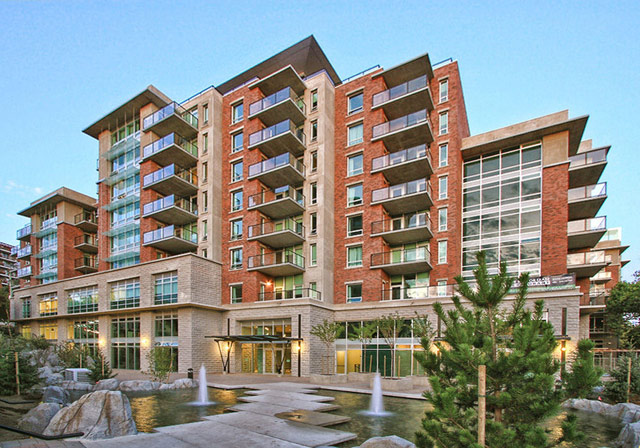
Regulation imposed by all levels of government (whether local, state or federal) accounts for 32.1 percent of the cost of an average multifamily development, according to a new study conducted jointly by the National Association of Home Builders (NAHB) and the National Multifamily Housing Council (NMHC). The study is based primarily on a survey of multifamily developers from both organizations.
The results show that well over 90 percent of multifamily developers typically incur hard costs of fees paid to local governments, both when applying for zoning approval, and again when local jurisdictions authorize the construction of buildings. But the study also shows that government regulation often imposes costs in other ways as well.
“It results from local, state and federal mandates,” said Steve Lawson, chairman of The Lawson Companies. “It includes the cost of applying for zoning and subdivision approval, environmental mitigation, and permit, hook-up, impact and other government fees paid by the builder. In many cases, these projects become financially infeasible and, therefore, are not built.”
The new research shows that well over 90 percent of multifamily developers typically incur hard costs of fees paid to local governments, both when applying for zoning approval, and again when local jurisdictions authorize the construction of buildings. Furthermore, state and federal governments are increasingly becoming involved in the process and layering on additional levels of fees and regulations.
“Multifamily builders and developers are seeing strong demand, but there are headwinds that have impacted further development,” said Lawson. “Some developers have had difficulty getting projects off the ground due to regulatory burdens and neighborhood opposition in certain parts of the country.”